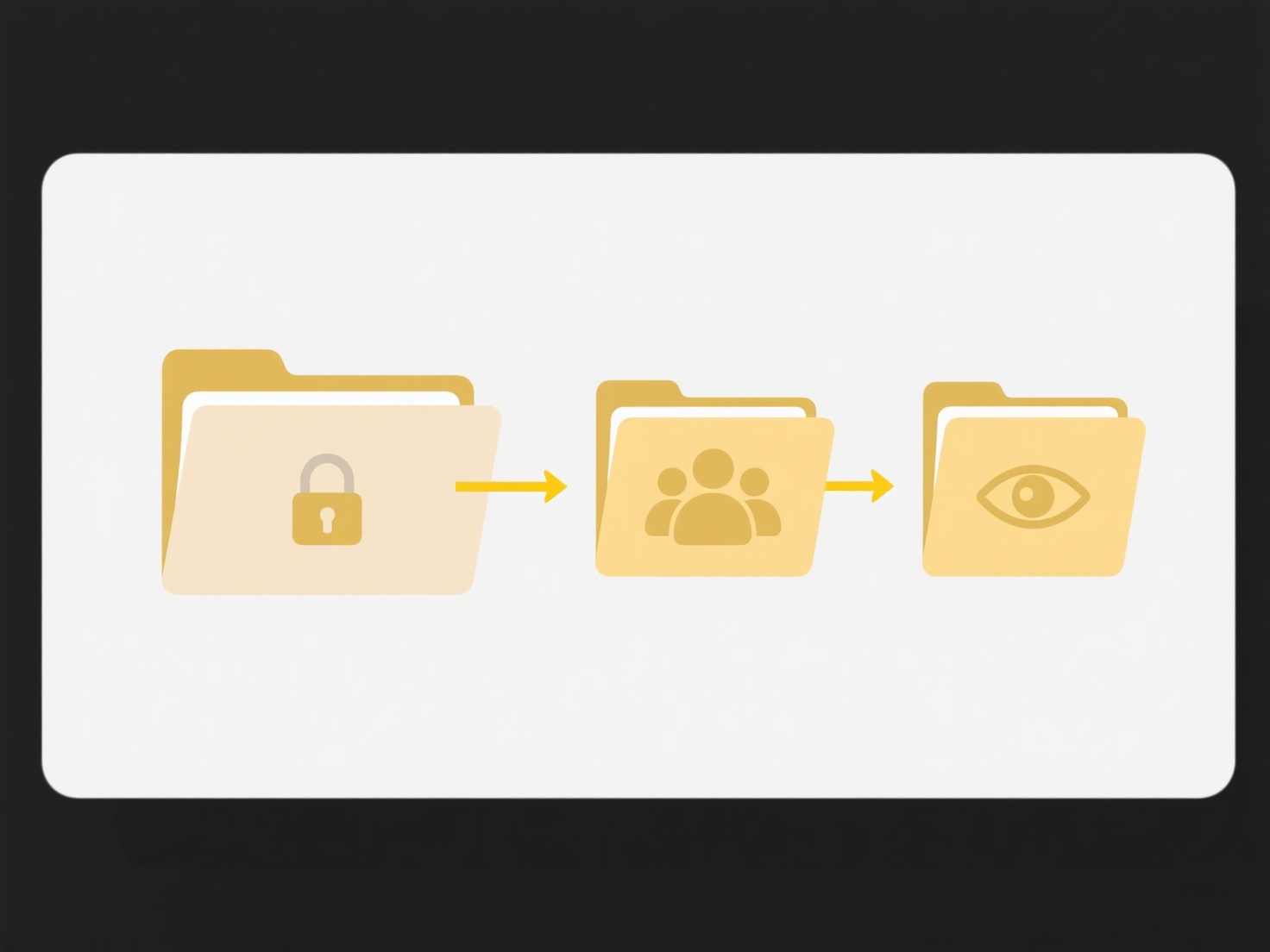
Windows automatically renames pasted files to prevent overwriting existing files with the exact same name in the destination folder. When you copy or cut a file and paste it into a location where another file already uses the same filename, Windows appends a number in parentheses (like "(2)", "(3)", etc.) to the end of the newly pasted file's name. This is a conflict-resolution mechanism; it differs from manually renaming a file or using "Save As" dialogs where you directly control the name.

A common example is duplicating a file within the same folder (like copying "Budget.xlsx" and pasting it right there, resulting in "Budget (2).xlsx"). Another frequent use is when saving multiple downloads with the same default name (e.g., "document.pdf") to the same Downloads folder – subsequent pastes become "document (2).pdf", "document (3).pdf", etc. This occurs automatically in Windows File Explorer.
This feature's main advantage is preventing accidental data loss through overwriting, especially valuable for less experienced users. A limitation is that users may not notice the rename immediately, potentially leading to confusion about which file is the latest or where changes were saved. While generally enhancing safety, it can inadvertently clutter folders if users are unaware of the automatic duplicates.
Why does Windows auto-rename pasted files?
Windows automatically renames pasted files to prevent overwriting existing files with the exact same name in the destination folder. When you copy or cut a file and paste it into a location where another file already uses the same filename, Windows appends a number in parentheses (like "(2)", "(3)", etc.) to the end of the newly pasted file's name. This is a conflict-resolution mechanism; it differs from manually renaming a file or using "Save As" dialogs where you directly control the name.

A common example is duplicating a file within the same folder (like copying "Budget.xlsx" and pasting it right there, resulting in "Budget (2).xlsx"). Another frequent use is when saving multiple downloads with the same default name (e.g., "document.pdf") to the same Downloads folder – subsequent pastes become "document (2).pdf", "document (3).pdf", etc. This occurs automatically in Windows File Explorer.
This feature's main advantage is preventing accidental data loss through overwriting, especially valuable for less experienced users. A limitation is that users may not notice the rename immediately, potentially leading to confusion about which file is the latest or where changes were saved. While generally enhancing safety, it can inadvertently clutter folders if users are unaware of the automatic duplicates.
Quick Article Links
How do I organize files that belong to multiple categories?
How do I organize files that belong to multiple categories? Managing files with overlapping classifications requires f...
Can I apply tags to files in cloud and local simultaneously?
Applying tags simultaneously to files in both cloud (like OneDrive, Google Drive) and local storage typically requires u...
How do I batch rename files in Windows File Explorer?
Batch renaming allows you to change the names of multiple files simultaneously within Windows File Explorer, rather than...